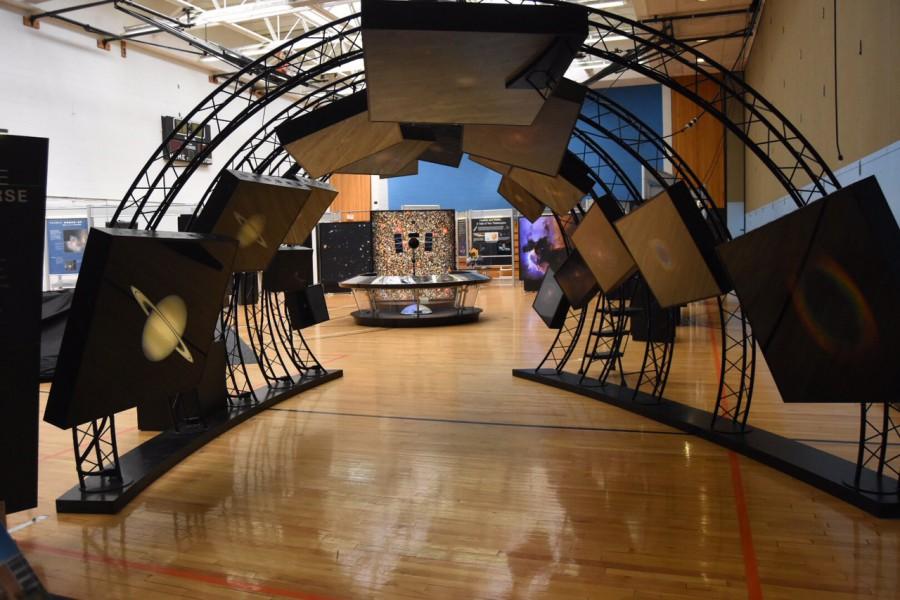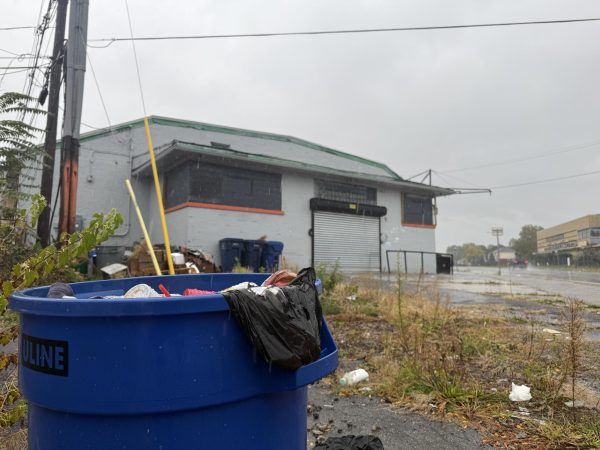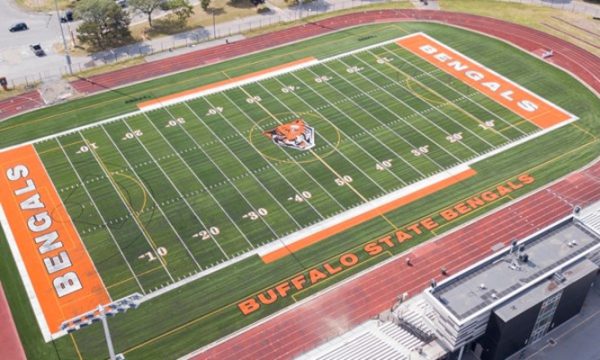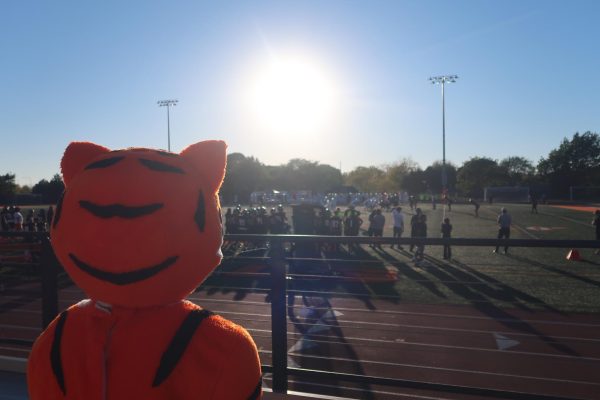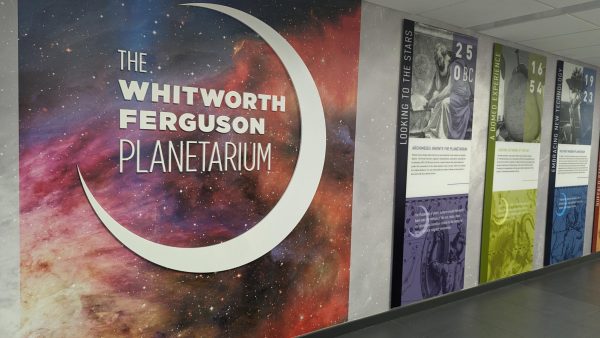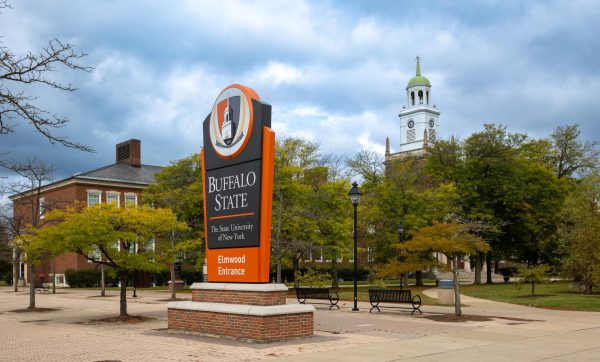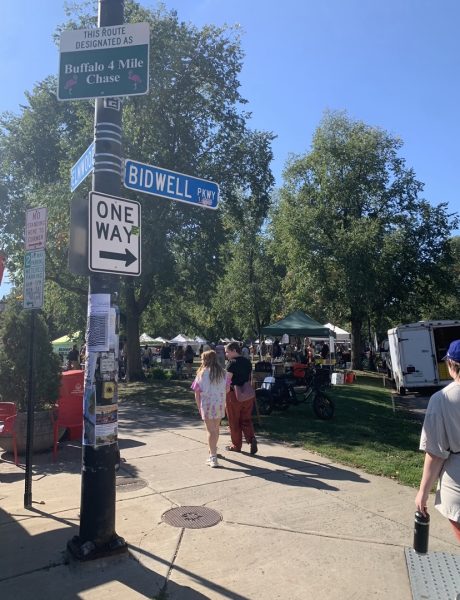Construction of new planetarium will begin next fall
The old Whitworth Planetarium (pictured here). Construction for the new planetarium will begin during the fall of 2018.
The new Whitworth Ferguson Planetarium is soon to be in the process of being built in the Science and Mathematics Complex. Phase four of the construction should start during the fall of 2018 and completed by fall of 2020 or spring of 2021. The planetarium will be readily available for students and used for certain courses. The temporary planetarium is currently located in Buckham Hall.
Dr. Kevin Williams is an associate professor who oversees the planetarium. He is involved with a project on a NASA spacecraft now orbiting the Moon.
Before the temporary planetarium that is currently available, the school hosted a larger planetarium in its earlier years. Unfortunately, it got destroyed in a fire and had to be rebuilt.
“The original planetarium opened in 1964. At the time, there was a lot of funding for planetariums due to the Space Race and all the SUNY campuses got a planetarium. There was a fire that destroyed it in the late 1970s then it reopened in 1981, thanks in part to a major donation from Whitworth Ferguson, Sr,” Dr. Williams said. “The planetarium was named the Whitworth Ferguson Planetarium and continued to operate in the basement of the Science Building until the end of 2012 when we had to close due to construction of the new Science and Math Complex (SAMC). In early 2015 we opened up our temporary planetarium.”
The temporary planetarium includes a 20-foot inflatable dome with a Spitz SciDome digital projection system. An airlock door allows entry and the raised dome enables chairs with seating for approximately 27 people.
The appearance on the outside is quite deceiving as it only fills up about a little more than a quarter of the gym it is located in. Once inside the planetarium, there is much more room than it would seem. Seats are placed in the center of the planetarium, the majority of them are all facing the same way so that everyone is getting the same perspective.
The planetarium offers a wide variety of programs and events. Programs offered for a vast audience are usually hosted on Saturdays. More information can be found on fergusonplanetarium.net.
“We offer public and private (by appointment) programs for all ages, mostly about astronomy and planetary science. Our programs vary depending on our schedule, but there is always a ‘star show’ program about what constellations, planets, etc. can be seen that time of year. We also have an immersive ‘fulldome program’ combined with a shorter star show. The feedback is usually one of amazement as the audience is immersed in the topic. They almost don’t realize they are learning about something as the experience it,” Dr. Williams said.
The planetarium also offers a very engaging experience. The audience is always engaged using constantly moving annotations and objects, such as planets, stars, along with the sun and moon. In addition, the technology allows little movies and trailers to be played that fills up the planetarium. For example, it can show several trailers, such as one that deals with the anatomy of the body and another that deals with the exploration of black holes.
The new planetarium, will have more advances that will be appealing to most audiences. The new infrastructure will be much larger to accommodate more students and visitors. It is possible for astronomy classes to be held within this new planetarium.
“The new planetarium will have both a digital projection system and a traditional start projector, allowing us to offer the best of both worlds – awesome looking stars when talking about the night sky and high resolution digital projections when we talk about other topics,” Dr Williams said. “The new planetarium will also seat more people (48) than we now can (26) and it will be highly visible from inside and outside of the final phase of the Science and Math Complex.”
“I think the increased visibility will not only help with the campus community knowing about the planetarium, but I also hope it will be viewed with pride as one of the ways Buffalo State engages with the Buffalo and WNY community. With the new planetarium, I also hope to expand our programs to include more non-astronomy topics that will include more Earth Science, biology, chemistry, and physics, history, technology, and art,” Dr. Williams said.
The planetarium is vital in opening the eyes of the various audiences it retains. It immerses the audience in a way which allows them to see the world from a different view. It enables the audience to take a step away from technology and it gives them the chance to enjoy the world around them and hopefully teach audiences not to take the world around us for granted.


